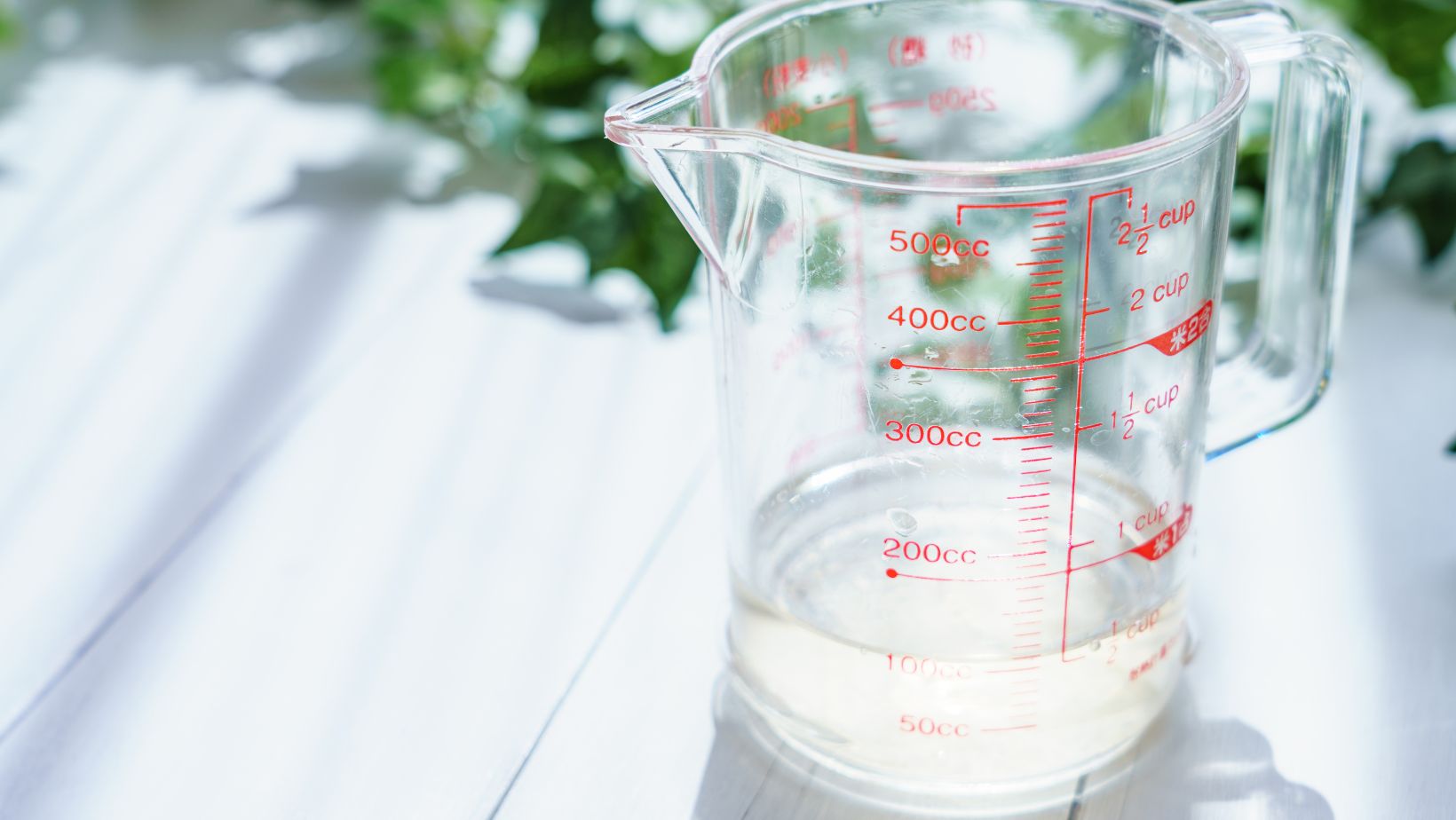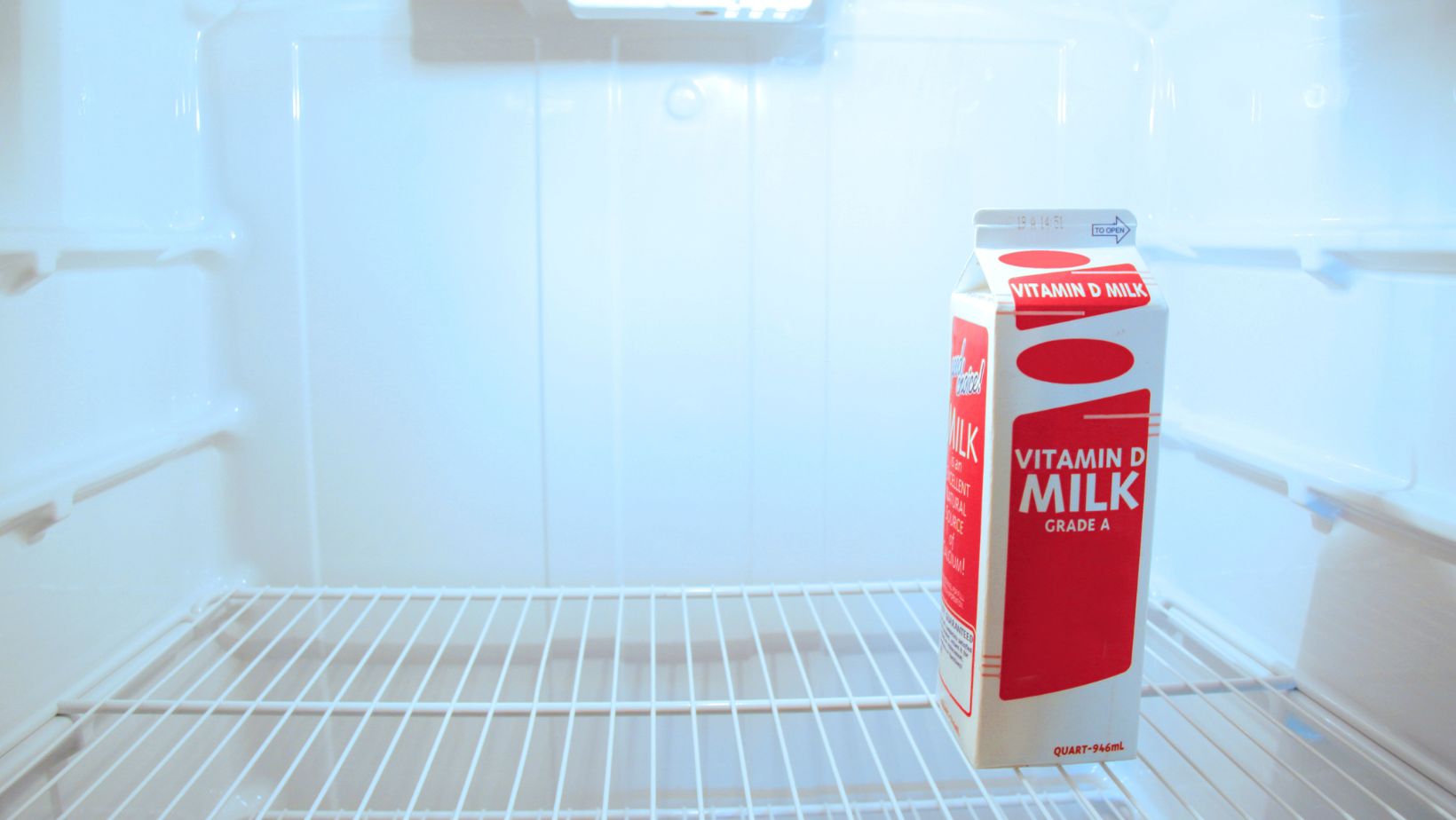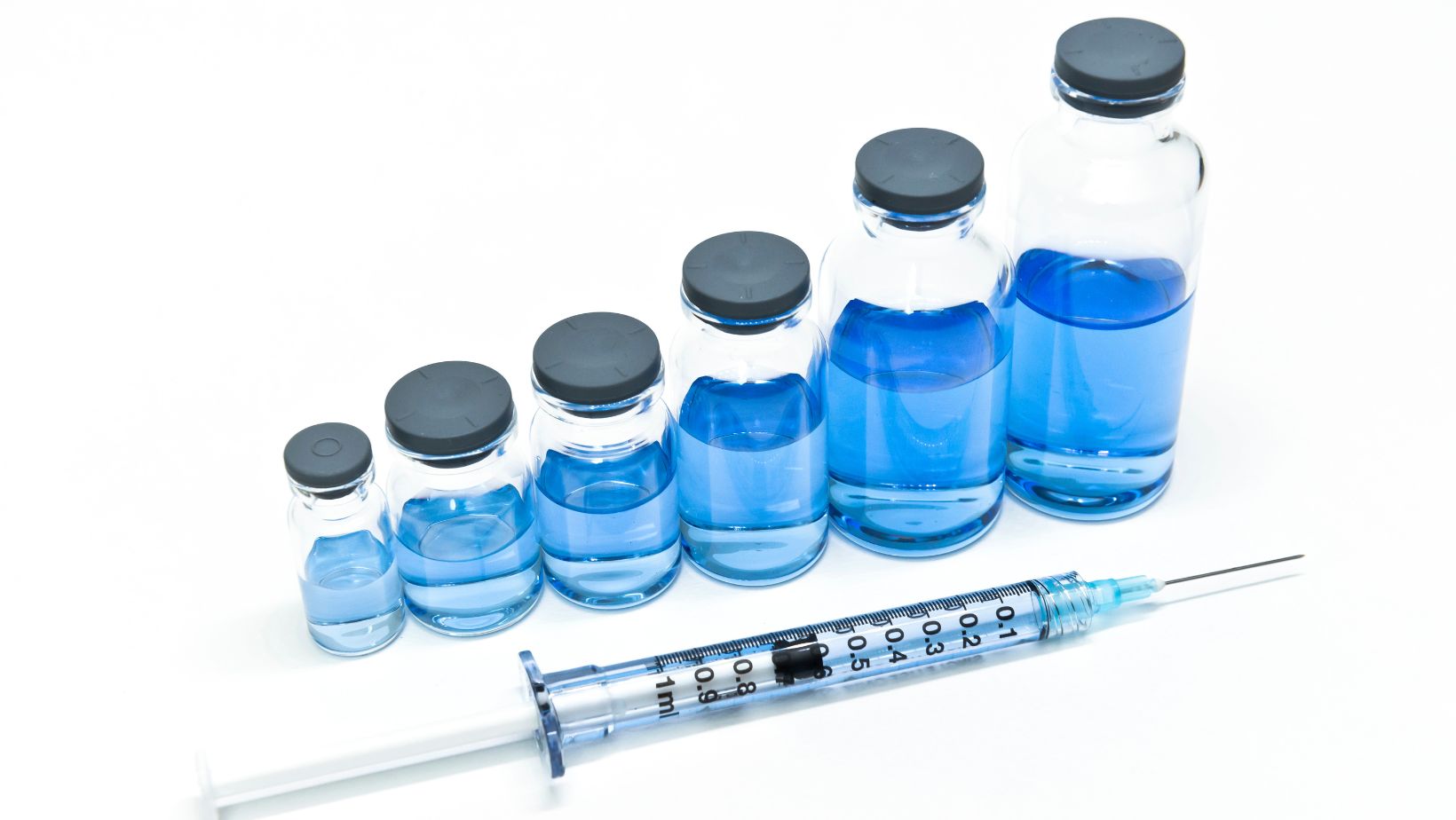How Many ML are in a Gallon: Your Quick and Easy Conversion Guide

Ever found yourself stuck in the kitchen, recipe in hand, only to realize it calls for measurements you’re unfamiliar with? If so, you’re not alone. I’ve been there too. It’s a common dilemma faced when dealing with international recipes or sometimes even health guidelines – deciphering how many milliliters are in a gallon.
This seemingly simple question has tripped up many of us at some point. So let’s clear up the confusion once and for all. One US liquid gallon equals 3785.41 milliliters. You may wonder why such an odd number? Well, it’s because gallons and milliliters belong to two different measurement systems – imperial (US) and metric respectively.
Remember that this conversion is specific to US measurements where one gallon equates to 128 fluid ounces. However, if we were discussing UK gallons, which equal 160 fluid ounces, the conversion would be different; one UK gallon equals 4546.09 milliliters.
By understanding these conversions, you’ll be better equipped to handle recipes from around the globe or any other situation requiring a shift between these measurement units!
How Many ML are in a Gallon
Now, let’s dive into the world of measurements. Specifically, we’re going to tackle gallons and milliliters, two units that might seem worlds apart but are intertwined in ways you may not have imagined.
First off, let’s clarify what a gallon is. It’s a unit of volume commonly used in the United States to measure large quantities of liquids. When someone refers to a gallon, they’re often talking about the US liquid gallon which equals 3.78541 liters.
On the other hand, we’ve got milliliters. A milliliter is part of the metric system and it measures small volumes of liquid. To give you some perspective on its size, there are exactly 1,000 milliliters in one liter.
But how do these two units relate? Well, if we put them side by side:
- 1 US gallon = 3,785.41 ml
- 1 UK gallon = 4,546.09 ml
And that’s where things get interesting! As you can see from those numbers above (and yes I’ll admit it took me a while to wrap my head around this), one US liquid gallon holds more than three thousand seven hundred eighty-five times more liquid than one single milliliter!
Isn’t it fascinating how different parts of the world use varying systems for measurement? While folks here in America might fill up their car with gallons at a time or buy milk by the half-gallon at grocery stores; elsewhere people might order a liter or just several hundred milliliters of something instead.
Remember as you navigate through your daily life – whether cooking up your favorite recipe or fueling up your car – understanding these conversions between gallons and milliliters can be incredibly handy!
History of the Measurement Units: Gallon and Milliliter
I’ve always found it fascinating how we humans have come up with different units of measurement over time. Take for instance, the gallon and milliliter. Two units that seem worlds apart, yet are so intrinsically linked when it comes to measuring liquids.
The story of the gallon takes us back to old England. It’s derived from an old English word ‘galun’, which referred to a certain capacity of liquid that a vessel could hold. The British Imperial system later standardized this into what we know today as the imperial gallon, measuring 4.54609 liters.

Now let’s jump across the pond to our American friends. They decided they wanted their own version of the gallon – because why not?! So, they came up with the US liquid gallon, slightly smaller at 3.78541 liters.
But where does this leave our little friend, the milliliter? Well, it’s got its roots in France during the French Revolution where revolutionaries were all about standardization and decimalization (a mouthful right?). The milliliter was born out of this desire for uniformity – part of a new metric system designed to simplify measurements.
So there you have it folks! A brief glance into how these two ubiquitous measures originated from completely different parts of world history:
- British Imperial Gallon – Derived from Old English ‘galun’, standardized at 4.54609 liters.
- US Liquid Gallon – An American adaptation, holding slightly less at 3.78541 liters.
- Milliliter – Born in revolutionary France as part of a move towards metrication; one thousandth (1/1000) of a liter.
It’s interesting how these varied histories have culminated into systems that we routinely use every day without even thinking twice about them!




